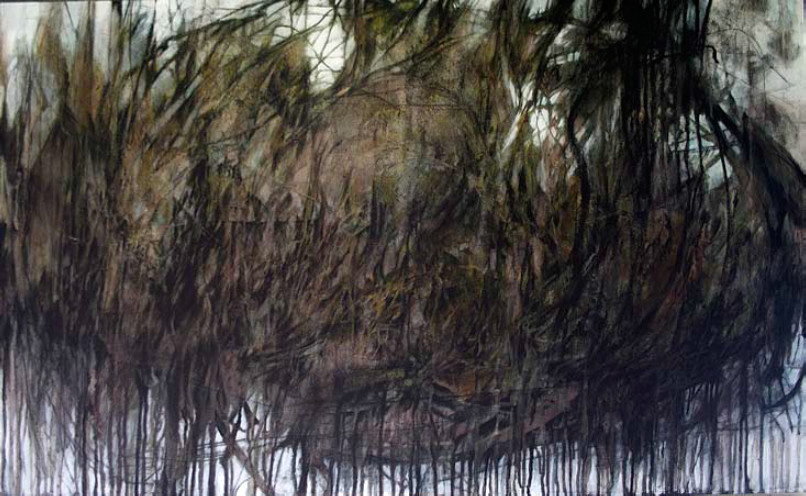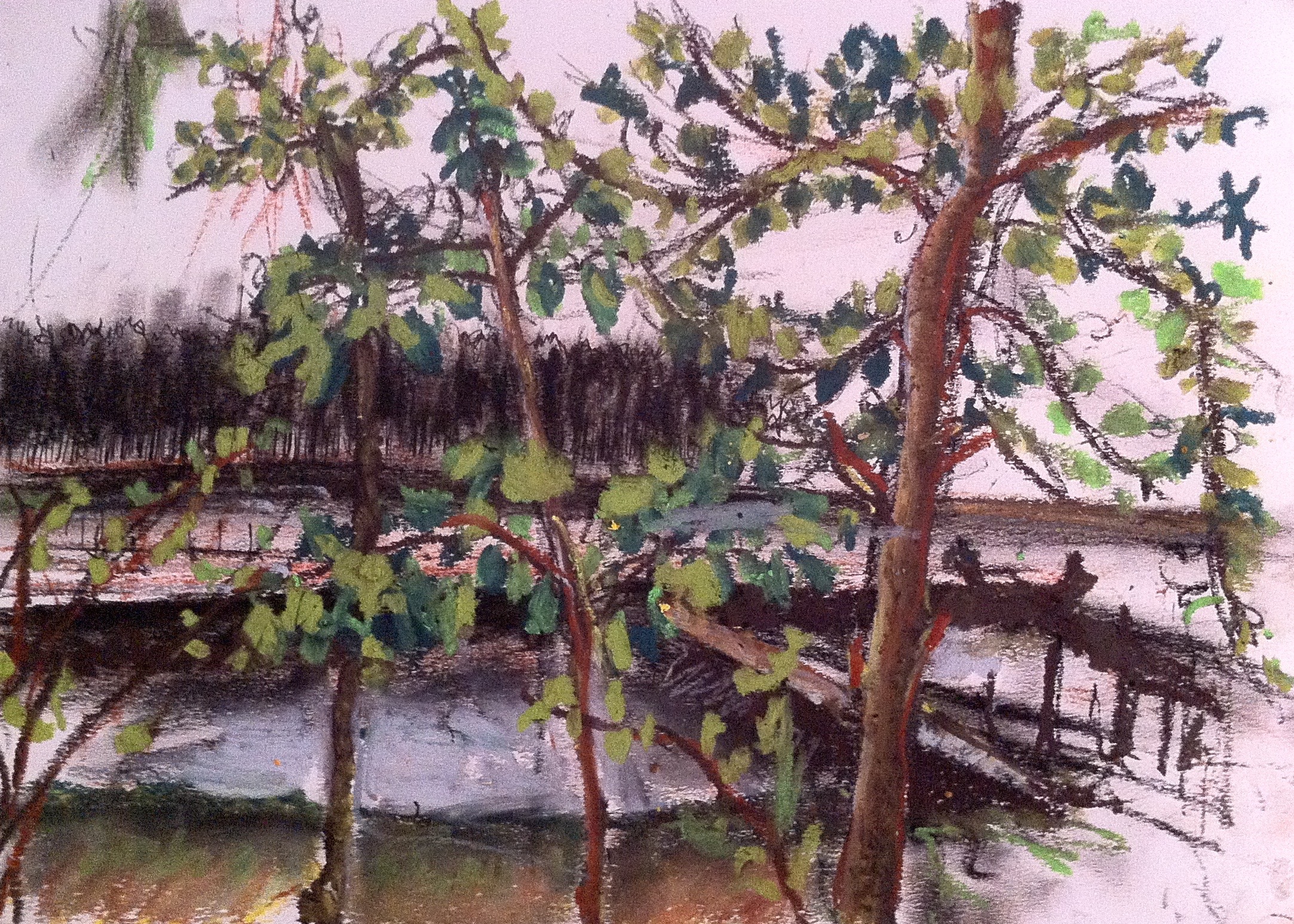Graphologists are forensic experts who look at handwriting.
Many things can be forged: art works, money, writing, etc
Forgery link
Aim: To Analyse a signature using forensic science.
Material:
A pen / pencil
Tracing Paper
Writing paper
A ruler
Steps:
A. Top Of Letter Analysis
1. Sign your name on a sheet of writing paper and get someone else to try to copy it.
2. Place the tracing paper over both signatures and make a dot at the top point of each letter – for both signatures.
3. Join up the dots for both signatures to get two zigzag lines across the signatures. Are the lines the same?
B. Bottom of Letter Analysis
1. Put some fresh tracing paper over both signatures.
2. Put a dot at the bottom of each letter.
3. Join up the dots to make zig zag lines. Are the lines the same?
C. Slant Analysis
1. Put a fresh piece of tracing paper over both signatures.
2. Mark a vertical line down through the middle of each letter (using a ruler), slanting it in the same direction as
the letter.
3. Compare the set of lines for both signatures.
What do they tell you.
Findings:
You
|
Friend
| |
Top Letter Analysis
Are the lines the same? | No | |
Bottom Letter Analysis
Are the lines the same? | No | |
Slant Analysis
What are the slants telling you? | That She Is Faking Being Me |
Conclusion:
Activity : Get someone to try to forge your signature and then try both of these methods to analyse it.
Write up the findings based on the following questions.
Writing analysis of a friends forgery.
The size of the letters – all big, all small, mixed?
| |
Where they dot the ’ i ‘– over the top or off to the left or off to the right, or not at
all
| |
How they cross their t – straight, angled up or down, where on the t stroke it
is crossed
| |
The slant of the letters (use a ruler) – forward, backward, upright, mixed
| |
Are there breaks in words, or are all the letters in the words joined up
| |
The length of stalks on y, q, p, below the lines – long or short
|







